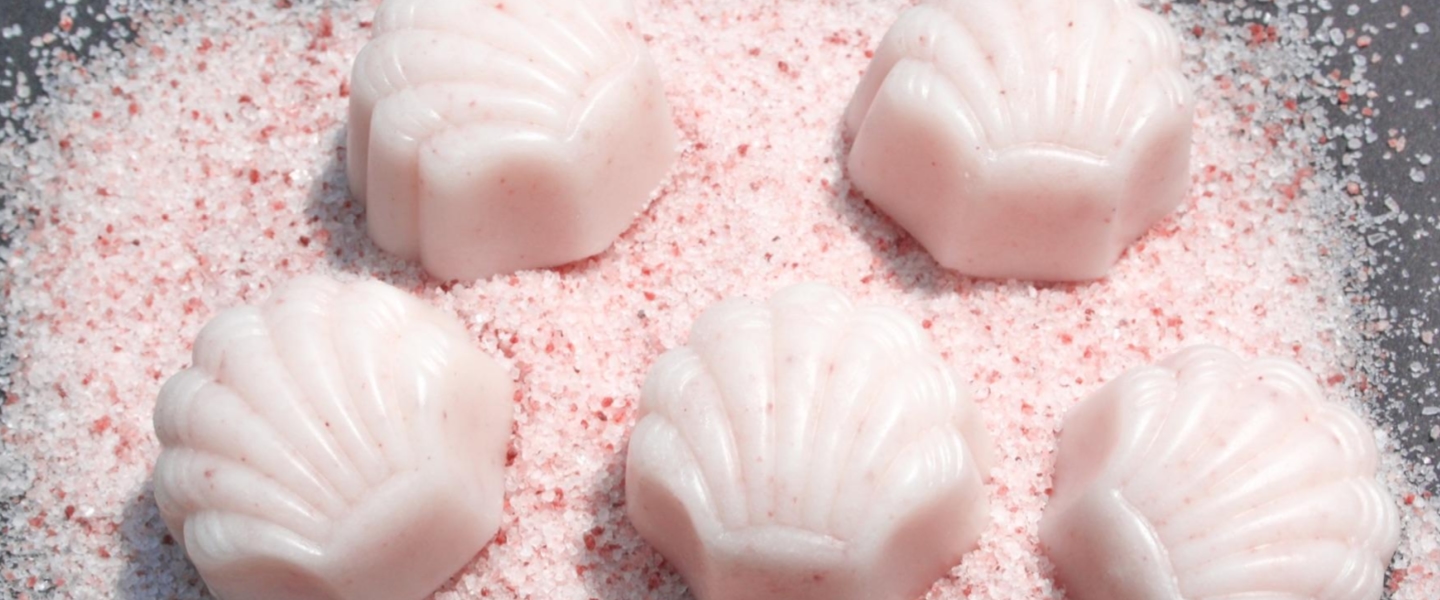
Discover Seppic's Solid Scrub Formulation
December 16, 2021
Scrub formulations exist in multiple forms: cleansers, jellies, butters,... The first thing to consider is the exfoliating particles you want to use and the application: Exfoliant particles like crushed seeds, bamboo powder,... allow a high diversity of formulations while soluble particles like sugar or salt require anhydrous formulas to avoid dissolution of the particles: these scrubs are usually based on oil/butter or on glycerin/glycols. The size of particles is also important for your application: small size for the face, larger particles for the body. You wouldn’t want a coarse, grainy scrub that deeply exfoliates to be used on the face.
My project: a solid anhydrous body scrub
For this project, I wanted to develop an easy-to-use anhydrous body scrub for an enjoyable “Self Care Routine” at home, specifically to inspire a beach vacation by mimicking the exfoliating of the sand on the skin. The scrub would be solid, but easily crushed and melt on the skin, exfoliate during massage, and easily rinsed-off in the shower. Molded in single dose applications, it would be easy to use, waterless, and potentially wouldn’t need packaging, for a cleaner, greener option!.
In this anhydrous formulation, I wanted to use a pretty pink salt that dissolves in the shower, but not in the product; however, the difficult part was finding the right balance between solid emollients and liquids ones to give a good stability at high temperatures, no crystallization or exsudation and still have the formula melt on the skin, with a nice payoff and good rinsability.
I’m going to take you through each part and why all three are important to creating a perfect scrub!
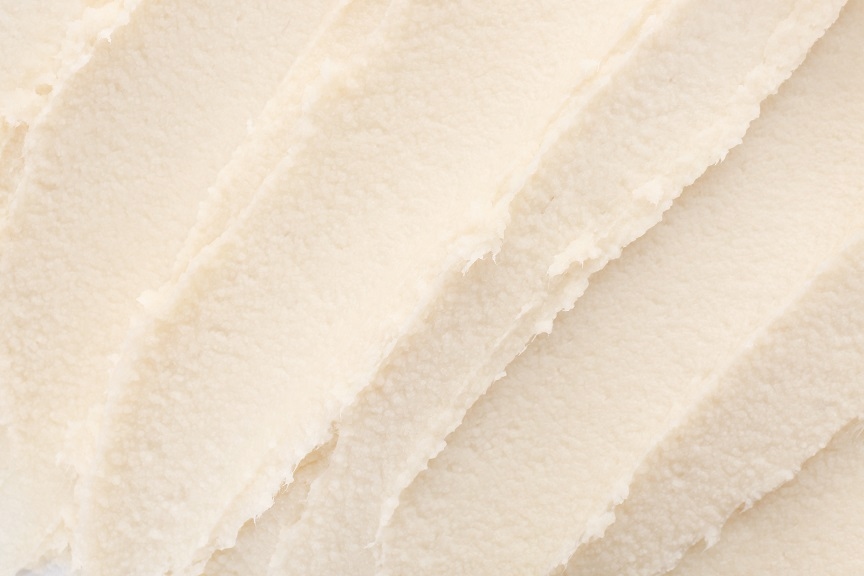
Solid emollients
First things first, to create a solid formula we need… solids!
Generally, waxes and other higher melting point ingredients are used to create solid formulations. But the higher the temperature, and the harder the product will be, it will be difficult to crush or melt on the skin.
In this formula I used solid emollients with a lower melting point than waxes:
DUB CIRE H1* (C10-18 Triglycerides), a natural texturizer with a melting point close to skin temperature (37-41C), so it liquefies during application.
Shea Butter: KARITE CP** (read more here, with a creamy texture and nourishing benefits (28-45C).
MONTANOV™ 14, generally used as a co-emulsifier, has a high melting point of 48C, and it helped stabilize the scrub at high temperatures (good to resist at least 45C!)
Another solid in this formula is DUB SK*, potassium stearate soap that ensures a good rinsability and also builds a strong network with its very high melting point.
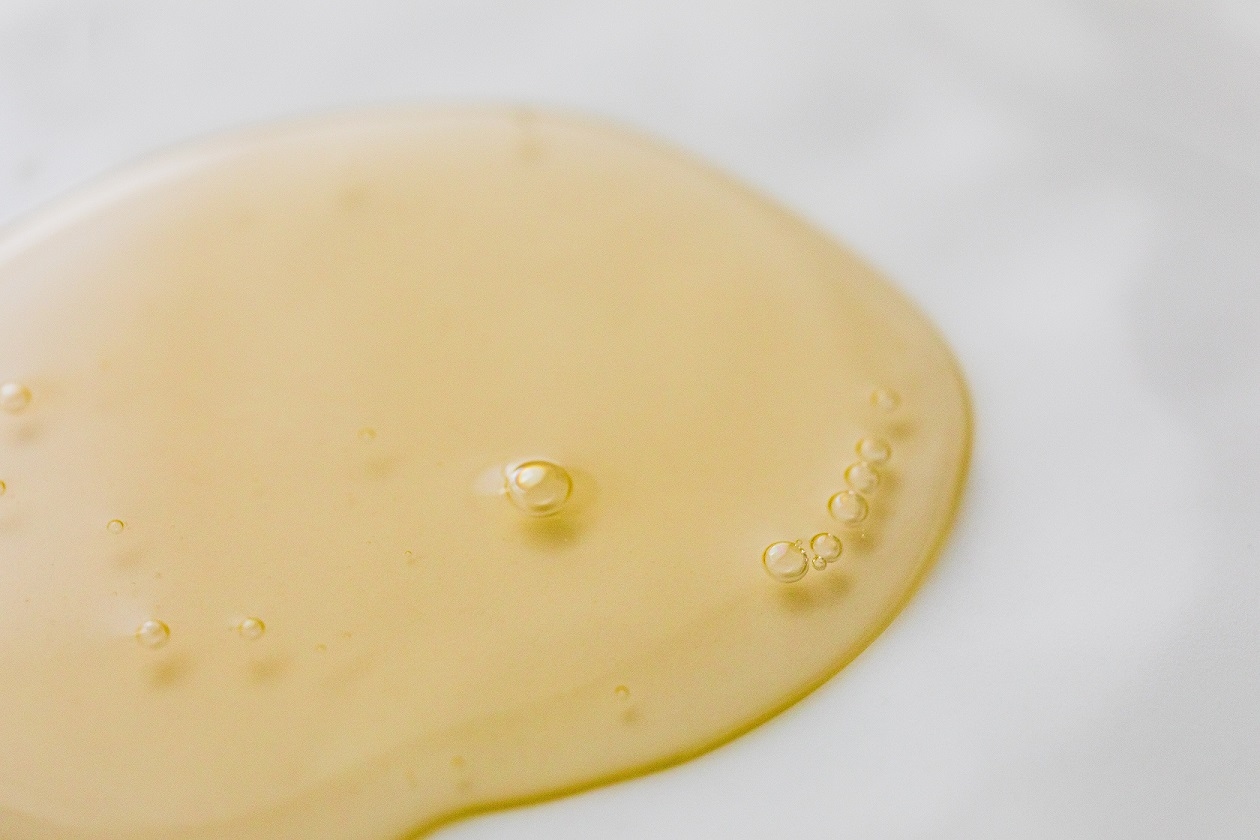
Liquid emollients
Using only solid emollients would make the formula too hard so that it wouldn’t melt on the skin - don’t worry though, I fixed that!
Adding liquid emollients is important to improve the spreadability on the skin, improve the payoff, the soft skin feel and the ability to crush the scrub.
I used a combination of 3 oils for these purposes:
EMOGREEN™ L19 (C15-19 Alkane (Plant-based & Renewable)): a natural non-polar emollient providing easy spread, non sticky touch, and a dry skin feel.
DUB OE HP* (Ethyl Oleate) a natural ester with a very high spreading value.
Organic Deodorized Coconut Oil** (Cocos nucifera (Coconut) oil) is a vegetable oil semi-solid at RT (so it also helps keep some structure). It deeply moisturizes, nourishes and softens the skin.
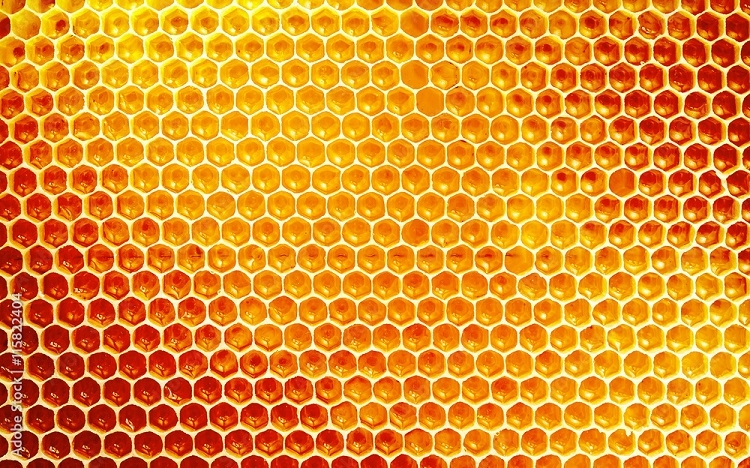
Cohesion
Liquid and solid emollients don’t always work well together: the oils could migrate outside the solid, leading to “syneresis”. The butters can also migrate outside of the solid formulation, being more comfortable by itself than in the mix and recrystallize on the surface, creating these tiny visible white crystals (like you can see sometimes on your lipsticks).
Some ingredients are good at making solid and liquid emollients stay together (little matchmakers! 😉 ). This is the case for Vegeline 65, a natural alternative to petrolatum, 100% plant based, texturizing emollient. It has a high melting point of 62-72C and is very soft during application. It also creates a film on the skin with water resistance properties, for a high moisturizing power.
How to make it?!
All these ingredients are melted and combined at 80C, mixed and cooled down at 60C to then add the ingredients more sensitive to heat:
The Golden seaweed oily active ANTILEUKINE 6™, soothing the skin, the salt particles and finally the fragrance.
Finally, this mix was poured into seashell molds seen below (the same used by chocolate makers! In polycarbonate to facilitate unmolding)
Want to see the prototype? Ask us for a sample in the chat!
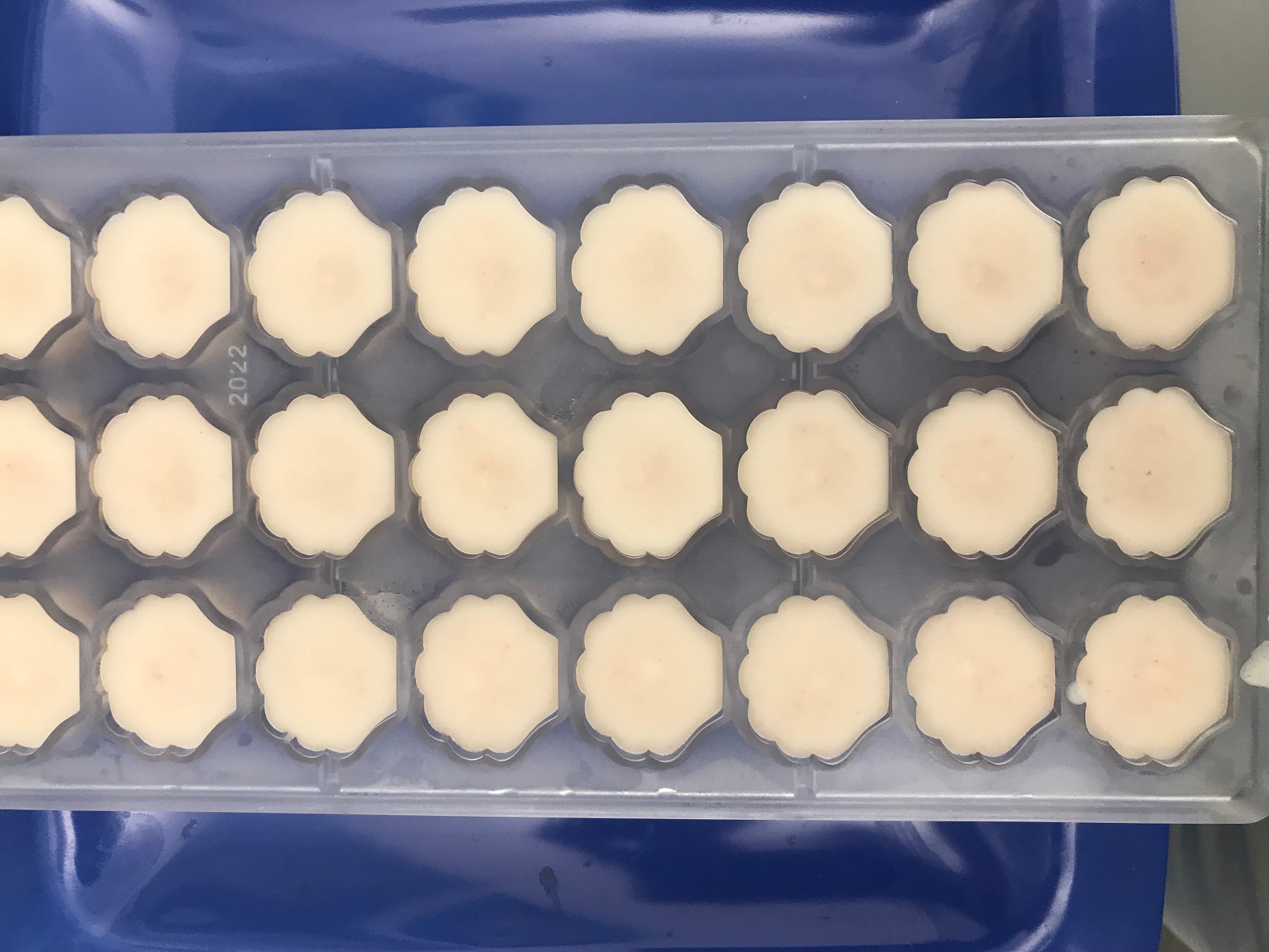
Check out Seppic’s very own anhydrous scrub US20165 Walk on the Beach Solid Body Scrub (opens new window) to see the details of the formula!
*Stearinerie Dubois’s product distributed by SEPPIC Inc in the US For other locations, contact Stearinerie Dubois: https://www.stearinerie-dubois.com/en/contact/
**Sophim’s product distributed by SEPPIC Inc in North America Learn more and find your contact for other locations on: www.sophim.com/